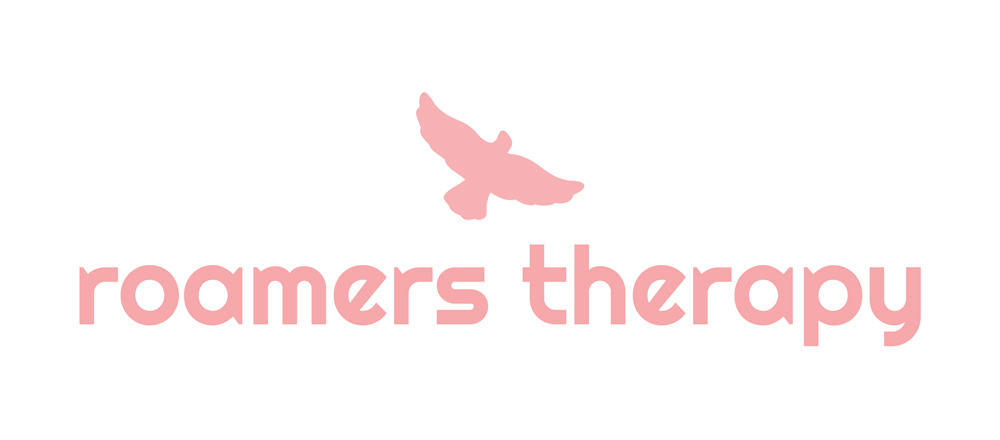Co-regulation
What Does it Meant to be Dysregulated?
Sometimes when we’re feeling anxious, depressed, or triggered we become dysregulated. This means that we are not able to control our emotions or behaviors. Examples of dysregulation include:
- Thought spirals
- Difficulty breathing
- Trouble concentrating
- Self-harm
- Substance use
What does it mean to self-regulate?
Self-regulation is when we are able to understand and manage our emotions when we become dysregulated through self-soothing and healthy coping mechanisms. Examples of self-regulation include:
- Cognitive challenging
- Exercising
- Distracting ourselves
- Meditating
- Journaling
- Reflecting
- Grounding
What does it mean to co-regulate?
Co-regulation is when one nervous system helps calm or soothe another nervous system. In order words, another person helps us calm down and relax ourselves to better manage our emotions and behaviors. Examples of co-regulation include:
- Hugging someone
- Talking to another person
- Guiding someone through a meditation
- Cuddling with another person
- Holding someone’s hand
- Coaching someone’s breathing
Find the Best Therapist in Chicago for Co-regulation
Anyone can help another person co-regulate:
- Therapists
- Doctors and care providers
- Teachers
- Parents, guardians, caregivers
- Friends
- Partners
All of these individuals can help people co-regulate through different means such as, nurturing, coaching, grounding exercises, hugging, cuddling, holding, and talking.
When is Co-regulation Useful?
Co-regulation is useful in many settings. For example, mothers help soothe infants through co-regulation. Co-regulation can also be helpful with partners during conflict and triggers. Sometimes, a hug or a brief talk can go a long way after a fight. It can help each person regulate so that they can come back to the discussion in a healthier way.
How to ask for co-regulation
If we’re feeling dysregulated it can be difficult to ask for help – especially if we’re upset with the other person. Remember: We can’t get what we want or need without asking. Vulnerability is the glue that repairs relationship ruptures. Next time, try saying something like: “I am feeling flooded right now. Can I have a hug?”
Understanding triggers
Another part of co-regulation includes understanding your partner’s (or the other person’s) triggers. This require both people to share when they are feeling triggered, what events/situations may lead to triggers, and what might be needed to soothe or regulate when triggered. Next time, try saying something like: “It really scares me when we fight. It’s helpful when you hold me.”
Take-aways
- Dysregulation is when we are unable to manage our emotions and behaviors.
- Self-Regulation is when we are able to understand our emotions and mange our reactions.
- Co-regulation is when someone else helps us calm down.
- Anyone can help another person co-regulate.
- Co-regulation can be especially helpful in relationship conflict.
- It’s important to ask for support when feeling dysregulated.
- Take time to get to know your partner’s triggers.
At Roamers Therapy, our psychotherapists are here to support you through anxiety, depression, trauma and relationship issues, race-ethnicity issues, LGBTQIA+ issues, ADHD, Autism, or any challenges you encounter. Our psychotherapists are trained in Cognitive Behavioral Therapy, Dialectical Behavioral Therapy, Psychodynamic Therapy, Acceptance, and Commitment Therapy, Person-Centered Therapy, and Gottman Therapy.
Whether you’re seeking guidance on a specific issue or need help navigating difficult emotions, we’re ready to assist you every step of the way.
Contact us today to learn more about our services and schedule a session with our mental health professionals to begin your healing journey. To get started with therapy, visit our booking page.
First, decide if you’ll be paying out-of-pocket or using insurance. If you’re a self-pay client, you can book directly through the “Book Now” page or fill out the “Self-Pay/Out-of-network Inquiry Form.” If you’re using insurance, fill out the “Insurance Verification Form” to receive details about your costs and availability. Please let us know your preferred therapist. If your preferred therapist isn’t available, you can join the waitlist by emailing us. Once your appointment is confirmed, you’ll receive intake documents to complete before your first session.
This page is also part of the Roamers Therapy Glossary; a collection of mental-health related definitions that are written by our therapists.
While our offices are currently located at the South Loop neighborhood of Downtown Chicago, Illinois, we also welcome and serve clients for online therapy from anywhere in Illinois and Washington, D.C. Clients from the Chicagoland area may choose in-office or online therapy and usually commute from surrounding areas such as River North, West Loop, Gold Coast, Old Town, Lincoln Park, Lake View, Rogers Park, Logan Square, Pilsen, Bridgeport, Little Village, Bronzeville, South Shore, Hyde Park, Back of the Yards, Wicker Park, Bucktown and many more. You can visit our contact page to access detailed information on our office location.
